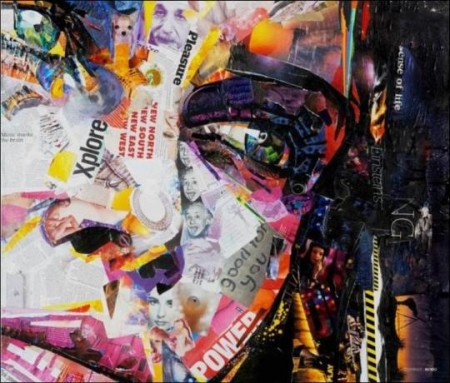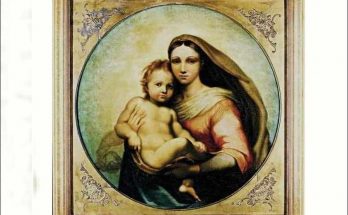The ways in which society may amuse itself around, in any country and at any time, an exceptional opportunity for the display of wealth and the assertion of social importance. Thorstein Veblen has graphically demonstrated this conscious or unconscious motivation in many forms of recreation.
It is clearly evident throughout American social history. The worthy citizens of eighteenth-century Philadelphia vied with each other in the magnificence of their banquets, loading their tables with massive silver plate and serving such a choice selection of imported wines that the visiting John Adams stood amazed at the “sinful feasts.”
The planters of Virginia rode to hounds in close imitation of the English country squires whose social status they sought to emulate in every possible way. Merchants of New York and Boston were already aspiring to yachts in the 1850’s, their sons to membership in the exclusive boating clubs, while all the fashionable world sought out Saratoga or Newport as a step upward on the social ladder.
It was in the latter half of the 19th century, however, the Gilded Age of American civilization, that society most flagrantly bent its pleasures to display. The newly rich born of industry’s great advance since the Civil War-owners of railways, coppermines, textile-mills, steel-plants, packing-houses, and cattle ranches.
A little band of idle rich held the final redoubt in the fashionable world of the 1880’s and 1890’s, and the families of the new plutocracy felt it essential to prove beyond shadow of doubt that they too were idle and rich. It was not in the American tradition, which esteemed riches and abhorred idleness, but urban society was running after strange gods. And, in any event, the new plutocrats generally supplied the riches and left it to willing wives and a younger generation to demonstrate the idleness.
Concert singing, visits by foreign musicians, and orchestral playing also revealed a growing taste among the sophisticated for more serious music. Jenny Lind had paved the way for the tours of European artists in the middle of the century, and Ole Bull had made two memorable visits. In the 1890’s Ysaye, Paderewski, Fritz Kreisler, Adelina Patti, Melba, Calvéé, and Madame Schumann-Heink were all on tour. Symphonic music had had its start with the organization of the New York Philharmonic as early as 1842, but it was not until 1878 that this orchestra had any real rival. In that year the New York Symphony Orchestra was established, to be followed in another three years by the Boston Symphony, and in 1891 by the Chicago Orchestra. Walter Damrosch and Theodore Thomas were adding a new interest to the musical scene.
Grand opera also had become firmly established. It had long been a distinctive feature of the social life of New Orleans, and there had been various attempts to introduce it in New York and other cities. Troupes of Italian singers had come and gone; elaborate opera houses had been opened-usually to fail after one or two seasons. “Will this splendid and refined amusement be supported in New York?” we find Philip Hone asking in 1833. “I am doubtful.” And for almost half a century his doubts were largely justified. It was in 1883 that the Metropolitan Opera House, costing nearly $2,000,000, provided grand opera with its first really permanent home in America.
With the first post-war boom in the 1860’s, observers began to note that New York society was becoming entirely based upon wealth, social prestige being won by those who had the most splendid carriages, drawing-rooms, and opera boxes. George Makepeace Towle has described the balls and assemblies-ladies in sparkling tiaras, suppers of oysters and champagne, fountains gushing wine or sprays of perfume. He was somewhat horrified by “so unceasing a round of glittering gaiety and dissipation.”
The advance of the new millionaires was picturesquely described as “the Gold Rush” by representatives of older social traditions. “From an unofficial oligarchy of aristocrats,” Mrs. John King Van Rensselaer sadly wrote, “society was transformed into an extravagant body that set increasing store by fashion and display.”
Nor was New York alone in this competitive rage for showy display. A sycophant press might boast that its ornate fancy-dress balls and ten-thousand-dollar dinner parties were the most expensive ever known, but the world of fashion throughout the land was closely following its lead. There was an epidemic of gaudy magnificence in the amusements of what went for society. One Chicago magnate brought an entire theatrical company from New York to entertain a group of his friends, and a wealthy woman in another city engaged a large orchestra to serenade her new-born child. San Francisco was notorious for its “terribly fast so-called society set, engrossed by the emptiest and most trivial pleasures.” A fortunate miner who had struck it rich in Virginia City drove a coach and four with silver harness; another had champagne running from the taps at his wedding party.
Views: 881



